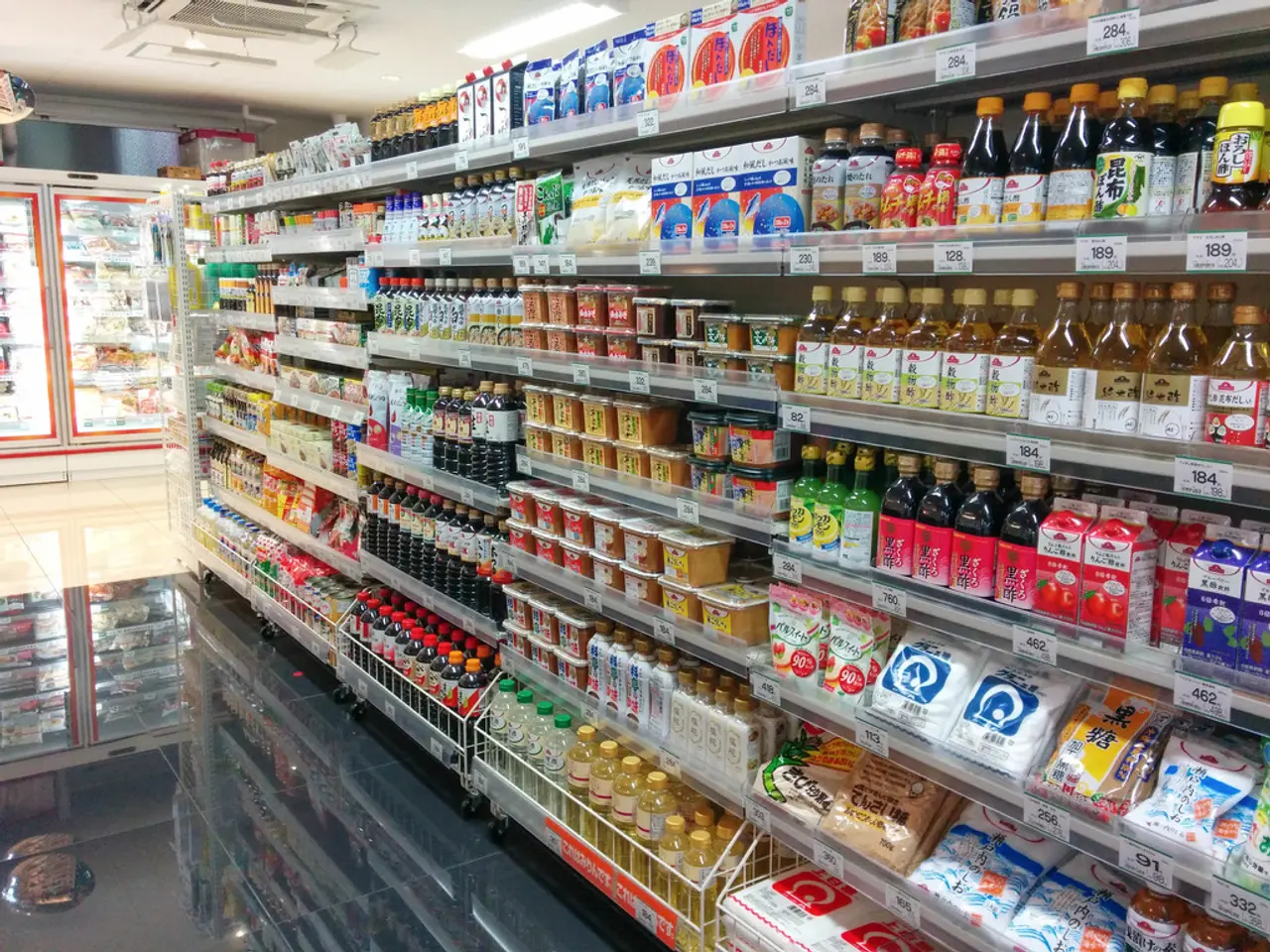Sverdlovsk Milk Prices See Rollercoaster Ride: Recent Decrease, but More Hikes Expected
In the Sverdlovsk region, milk prices have seen fluctuations over the past year. While there was a slight decrease by August 2025, the cost per liter stood at 89.5 rubles. This follows a significant increase from April 2024 to April 2025, with prices rising by 27% to 90.2 rubles.
The price hike began in 2024, with producers increasing prices by 10% from October 1. This was driven by a rise in purchase prices. In 2025, raw milk prices surged by about 40-50%, reaching European market levels. This increase was attributed to higher production costs and feed prices. Milk production in the Talitsky district fell by 10% in 2024 due to a shortage of raw materials.
Despite the price increases, there is currently an abundance of milk in the region, with factories struggling to sell their stocks. The consumption of pure milk is decreasing among Ural residents, while that of derived products is increasing. In 2025, the pace of price increases for milk slowed down. However, prices for finished dairy products increased by 20-30% in the same year. Looking ahead to 2026, prices are expected to rise only slightly, just enough to cover the increase in utility services.
The milk market in the Sverdlovsk region has experienced a rollercoaster of prices over the past two years. While there was a recent decrease, ongoing inflation and supply chain challenges suggest further price increases for dairy products. Despite the abundance of milk, production costs and feed prices continue to drive prices up, with consumers shifting towards derived products.
Read also:
- chaos unveiled on Clowning Street: week 63's antics from 'Two-Tier Keir' and his chaotic Labour Circus
- Budget discrepancy jeopardizes highway projects' financial support
- Racing ahead in Renewable Energy Dominance: Changzhou, Jiangsu Pushes for Worldwide Renewable Energy Ascendancy
- Colorado's Proposition 112: A 2,500-Foot Fracking Buffer on the Ballot







